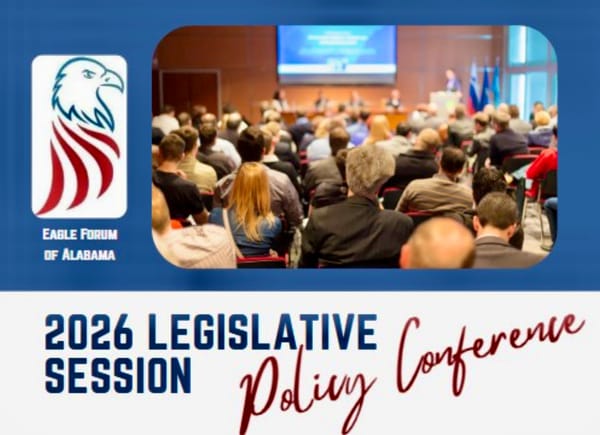A Quiet Revival Among Young Conservative Men?
There is evidence of faith renewal among younger Americans—but it’s primarily among young conservative men

In recent months, a number of data points have emerged that suggest a subtle, yet meaningful, shift in America’s religious landscape. Yes, there is evidence of faith renewal among younger Americans. But, it’s important to note who is leading it—and who isn’t.
A recent poll by NBC News Decision Desk (in partnership with SurveyMonkey) asked adults aged 18-29: "Which of the following is important to your personal definition of success?" Respondents selected 3 out of 13 possible measures, ranging from career fulfillment, financial independence, to family milestones such as marriage and children.
Among young men who said they voted for Donald Trump, “having children” ranked #1 as a measure of success.
In contrast, young women who said they voted for Kamala Harris placed “having children” at only 6%—near the bottom of the list, at 12 (of 13).
These findings indicate not just a generational shift in religious or social behaviour but a politically-inflected one: young conservative men are far more likely to prioritise family milestones than liberal young women.
With regards to faith-based behaviours, research from the Barna Group—in their report “Young Adults Lead a Resurgence in Church Attendance”—finds that for the first time in decades, younger adults (Gen Z and Millennials) are now the most frequent church-attenders among generations.
Specifically, the typical Gen Z churchgoer now averages about 1.9 weekends per month — slightly ahead of Millennials at 1.8.
In addition, their research shows that the share of U.S. adults who say they have made a personal commitment to Jesus rose from 54% in 2021 to 66% in the most recent reporting — a 12-point jump.
However, there’s also evidence of a very sharp gender and ideological divide. Barna’s 2025 Trends report notes that among Gen Z women ages 18-24, 38% identify as atheist, agnostic or “no faith,” compared with 32% of men in the same age group.
Further, weekly spiritual practices among young women are the lowest of any demographic group: only 30% of Gen Z women reported attending church in the past seven days; only 31% read the Bible in the last week; and only 58% had prayed in the past week.
Barna also reports that men outpace women in attendance: in 2025, 43% of men report attending church regularly, compared with 36% of women.
Taken together, this suggests that younger men who lean conservative are either returning to, or never left, faith communities that emphasise marriage, children and traditional values—while many young women, especially those more liberal politically, are disengaging from organized religion.
On the ground, an article in The Baptist Paper described a scene at Chi Alpha at the University of Pittsburgh: “It’s 9 p.m. on Oct. 13 … roughly 300 students are packed into a room … clapping or raising their hands in worship.”
While such localized “revival-style” events have drawn attention, researcher Ryan Burge cautions: “We’re not seeing anything at the scale that would even begin to point me in the direction of a sustained, significant, substantive revival in America right now.”
For conservatives and faith-minded centrists, the convergence of traditional family priorities (marriage, children) and renewed faith interest among young conservative men suggests a demographic anchoring for churches and community organizations grounded in the social-conservatism of marriage and family. At the same time, the disengagement of young women from organised religion, and their lower prioritization of family milestones, points to a looming weakness in faith communities traditionally sustained by women.
If family goals and faith renewal remain more attractive to young conservative men, then communities oriented around those values may strengthen. But if women continue to drift, and liberal young women in particular deprioritize family and faith, the demographic balance in communities and congregations will inevitably shift—with consequences for both ends of the political spectrum.
To be clear: we are not yet witnessing a massive, unmistakable “Great Awakening.” According to Barna and other analysts, the signs align more with renewal than full-blown revival. But for those watching these patterns, the alignment of family, faith and politics among younger conservative men is a meaningful trend.
As one Barna executive put it: “Undeniably, there is renewed interest in Jesus … this is the clearest trend we’ve seen in more than a decade pointing to spiritual renewal—and it’s the first time Barna has recorded such spiritual interest being led by younger generations.”
The question now is whether churches, ministries, and community leaders can provide the structures to translate that interest into long-term belonging, faithful practice and generative community, especially for young men. If they can, the demographic and political implications are staggering.




